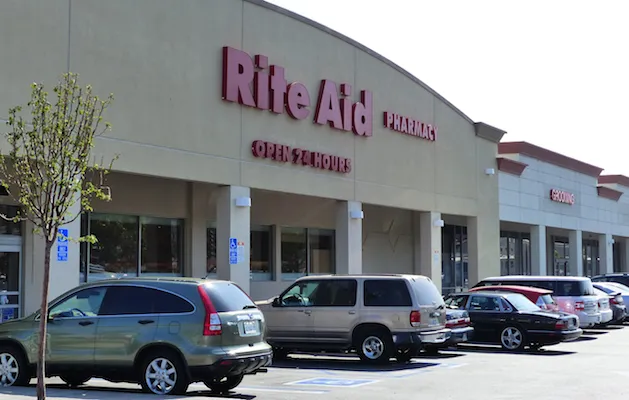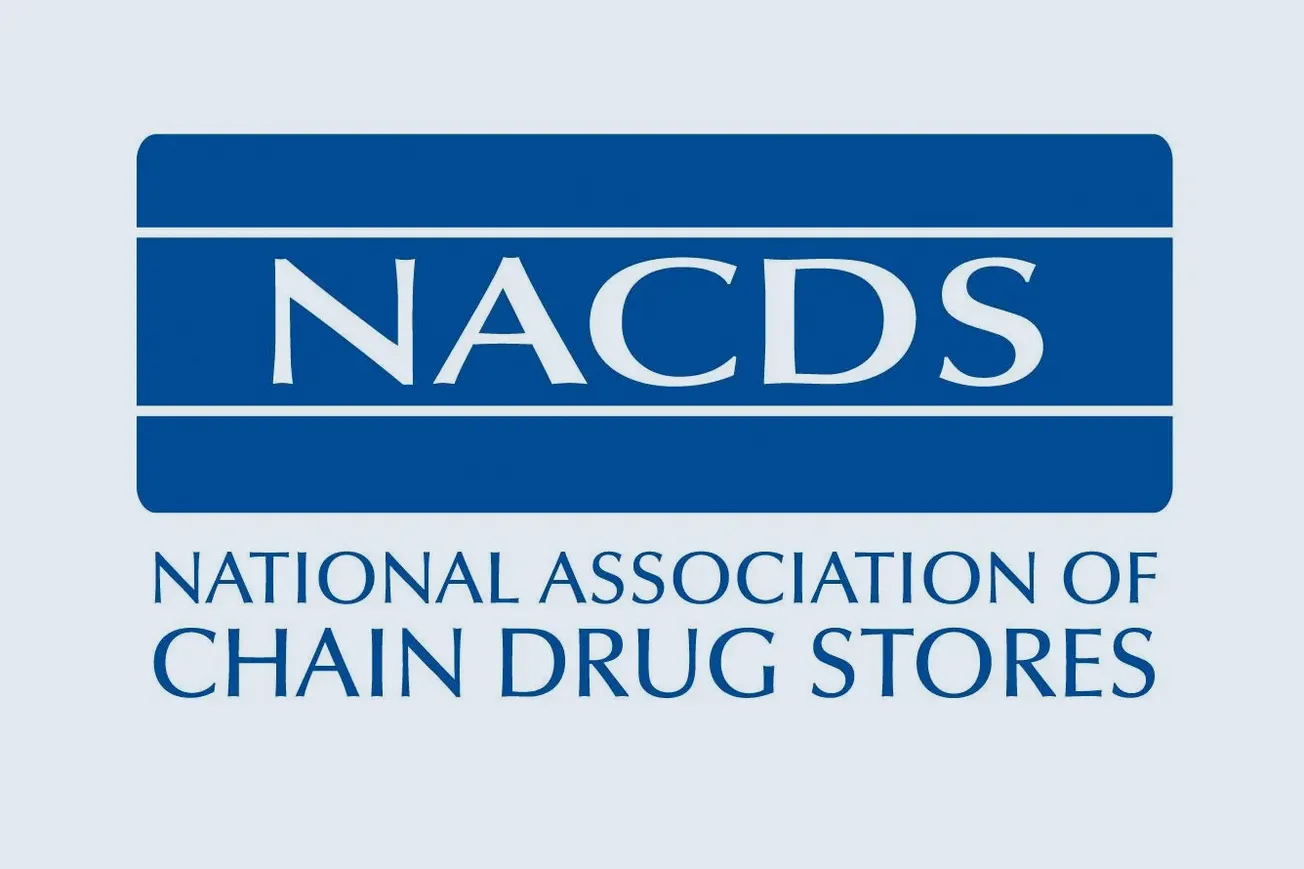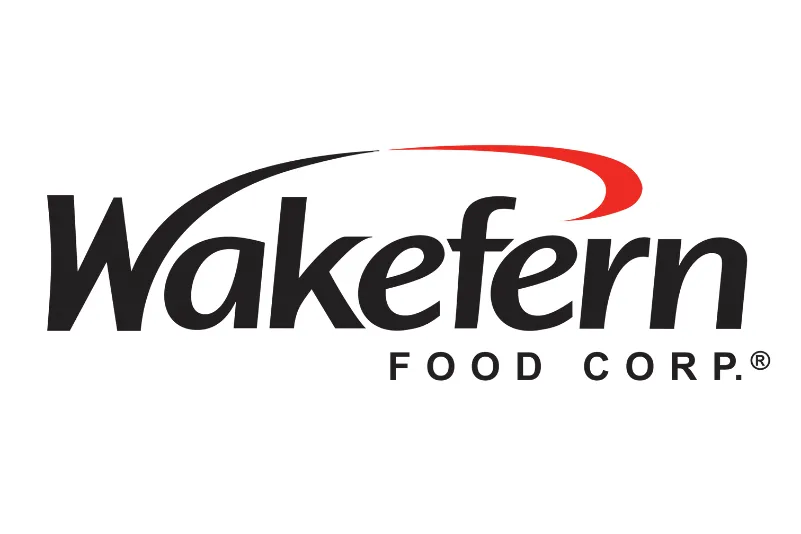CAMP HILL, Pa. — Rite Aid Corp. cited pressure in pharmacy reimbursement as it reported a net loss and fell short of Wall Street’s earnings forecast for its fiscal 2017 first quarter.
Meanwhile, overall retail sales and same-store sales edged up for the quarter, and the EnvisionRx pharmacy benefit management business, acquired about a year ago, hoisted total revenue.
Also on Thursday, Rite Aid reiterated that the company’s acquisition by Walgreens Boots Alliance (WBA) is expected to close in the second half of this calendar year, pending regulatory approval and other customary closing conditions. Under the deal, announced Oct. 27, WBA will pay $9.00 per share in cash for Rite Aid, resulting in a total enterprise value of about $16.6 billion, including acquired net debt.
For the first quarter ended May 28, Rite Aid posted a net loss of $4.6 million, or $0.00 per diluted share, compared with net income of $18.8 million, or 2 cents per diluted share, a year earlier. The decrease stemmed mainly from increased amortization expense from the EnvisionRx PBM, a higher LIFO charge and a decline in adjusted net income, according to the company.
Adjusted net earnings for the quarter came in at $14.5 million, or 1 cent per diluted share, versus $23.7 million, or 2 cents per diluted share, in the prior-year period. Rite Aid said the decline reflects a decrease in adjusted EBITDA (earnings before interest, taxes, depreciation and amortization), partially offset by lower income tax and interest expense.
Analysts, on average, had projected adjusted earnings of 5 cents per share, with estimates ranging from a low of 3 cents to a high of 6 cents, according to Thomson Financial.
Rite Aid’s adjusted EBITDA totaled $286 million, or 3.5% of revenue, for the first quarter, compared with $299.3 million, or 4.5% of revenue, a year ago. Rite Aid attributed the decrease to a $54.4 million decline in the retail pharmacy segment, which the company said was driven by lower pharmacy margin from lower reimbursement rates that weren’t offset by efficiencies and script count growth.
A gain in front-end gross profit offset inflationary increases in selling, general and administrative expenses, and the decline in the retail pharmacy segment’s adjusted EBITDA was partially offset by $41.2 million of adjusted EBITDA in the pharmacy services segment, Rite Aid reported.
“Our results for the first quarter reflect strong performance in our pharmacy services segment and our front-end business, as well as good overall expense control,” chairman and chief executive officer John Standley said in a statement. “Our challenge was pharmacy reimbursement rate pressure, which we were unable to offset largely due to drug purchasing efficiencies that did not meet our expectations. While drug cost reductions will continue to be short of our expectations in the near term, we anticipate improvements over the second half of the fiscal year.
“As we work to meet this challenge, we remain focused on executing our highly successful sales initiatives like wellness+ with Plenti and the Wellness Store program, while also making strategic investments for growth and delivering a consistently outstanding customer experience,” Standley added.
First-quarter sales totaled $8.2 billion, up 23.1% from $6.6 billion a year earlier. Retail pharmacy revenue grew 0.4% to $6.7 billion, lifted by a rise in same-store sales. Sales in the EnvisionRx pharmacy services segment came in at $1.6 billion.
Comparable-store sales in the quarter were up 0.4% year over year, reflecting gains of 1.2% in the front end and 0.1% in the pharmacy. Rite Aid said introductions of new generic drugs negatively impacted comparable pharmacy sales by 198 basis points.
Prescription count in the first quarter rose 0.6% on a same-store basis. Overall prescription sales represented 68.9% of total drug store sales.
Rite Aid said it opened four stores, relocated four stores, acquired one store and closed six stores in the first quarter. The company also remodeled 79 stores, giving it 2,126 Wellness Store locations. As of May 28, the drug chain operated 4,560 stores in 31 states and the District of Columbia. Two RediClinics also were opened during the quarter, raising the total clinic count to 80.






